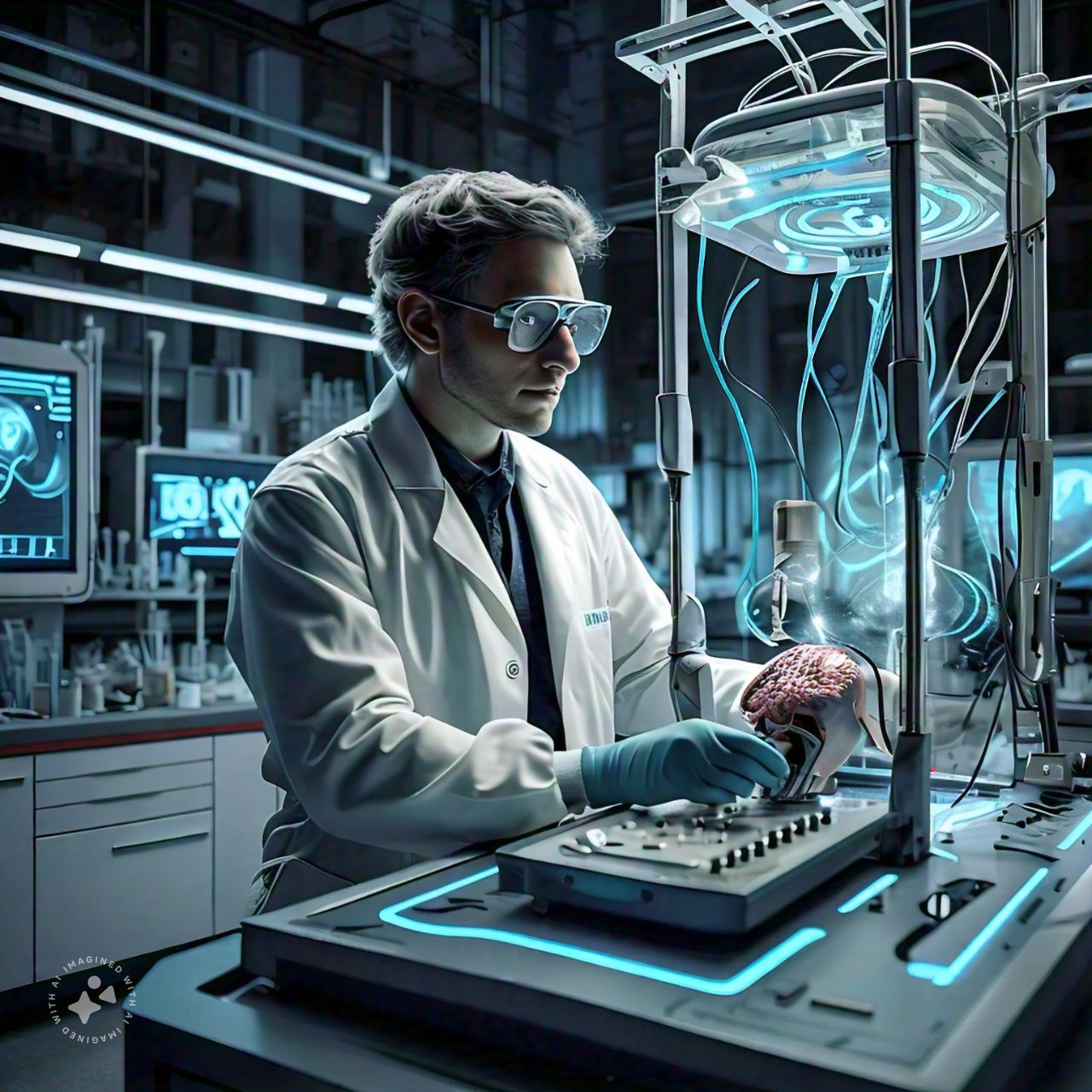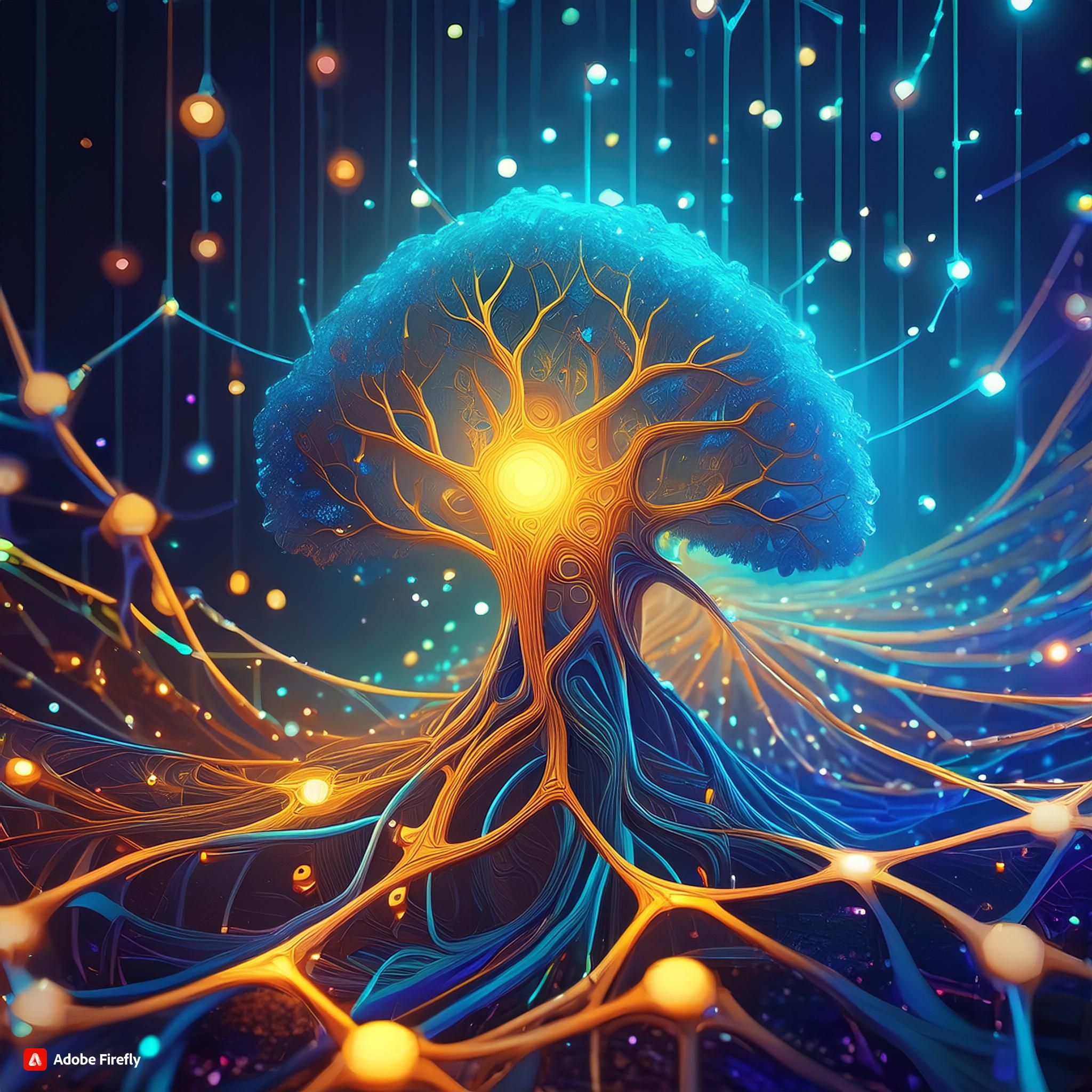Neurotechnology is an interesting and rapidly evolving field that intersects Neuroscience, Engineering, and Computer Science to develop technologies that interact with the nervous system of a Human Being.
This domain aims Humans to understand, repair, enhance, and even replicate the complex functions of its own brain and nervous system, opening up incredible possibilities for Medical Treatments and Human-Computer interaction.

LEVEL OF NEUROTECHNOLOGY IN 2024
1. Brain-Computer Interfaces
Brain-Computer Interfaces are systems that enable direct communication between the Brain and External devices such as Smartphones and Computers. They bypass the traditional pathways of the body's nervous system by interpreting brain signals and converting them into commands for devices such as Computers, Prosthetic limbs, or even Wheelchairs, based on the situation present.
IT'S ACTUAL WORKING !
BCIs work by detecting and interpreting the movements and activity of the Brain. This process is done through by using methods like Electroencephalography (EEG), which involves placing Electrodes on the scalp to measure Brainwaves. Alternatively, more techniques involve implanting electrodes directly into the Brain Tissue to achieve more precise readings.
Even though this Method is becoming very common nowadays due to the fast-growing Technology but there are few challenges revolving around it.
- Ethical and Privacy Concerns: As BCIs become more advanced, ethical considerations around potential for misuse arise, ensuring that these technologies are used responsibly and ethically, is very crucial.
2. Neurofeedback Therapy
Neurofeedback therapy is a therapy technique that trains individuals to regulate their normal Brain Activity. It is based on the principle of individuals who receive real-time feedback on their brainwave patterns and learn to control them consciously.
IT'S ACTUAL WORKING !
During a Neurofeedback session, electrodes are placed on the scalp to monitor brainwave activity. This information is fed into a computer program that displays the brainwaves in real time, often using visual or auditory signals. The individual is then guided to achieve a desired brainwave state, such as increased alpha waves for relaxation or reduced beta waves for decreased anxiety.
The challenge associated with the Neurofeedback Therapy is:
- Research and Evidence: While neurofeedback therapy has gained popularity, its effectiveness is still a subject of ongoing research. Some studies have shown positive results, while others call for more rigorous clinical trials to establish its efficacy conclusively.
ELON MUSK & NEUROTECHNOLOGY
Neuralink, Elon Musk’s third Company is at the forefront of Neurotechnology innovation. It aims to develop high bandwidth brain-machine interfaces to connect Humans and Computers seamlessly.
EXPERIMENTS ON GROUND ZERO:
- Medical Advancements: Neuralink seeks to treat Neurological conditions such as Parkinson’s, Epilepsy, and even Depression by deploying neural activity for the common usage.
- Human Enhancement: Musk envisions a future where Neuralink enhances cognitive abilities, enabling humans to merge with A.I. and keep pace with rapidly advancing Technology.

ENDING ALREADY ?
Yes, in the conclusion, Neurotechnology is an exciting frontier where Science Fiction meets Reality, transforming how we understand and interact with our own brains.
Innovations like Elon Musk's Neuralink are pioneering brain-machine interfaces that could revolutionize the field of Medicine and Cognitive Enhancement. Beyond Neuralink, the field is buzzing with advancements in Neurofeedback Therapy, Neuroprosthetics, and BCIs, all aiming to unlock Human potential and to treat Disorders.
As we venture further into this brave new world, the mixture of Brain and Machine promises a future teaming-up with extraordinary possibilities, pushing the boundaries of what's possible and what's not, redefining total Human experience.


